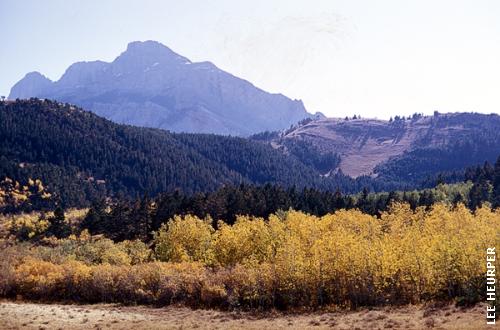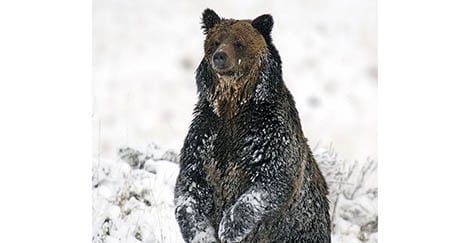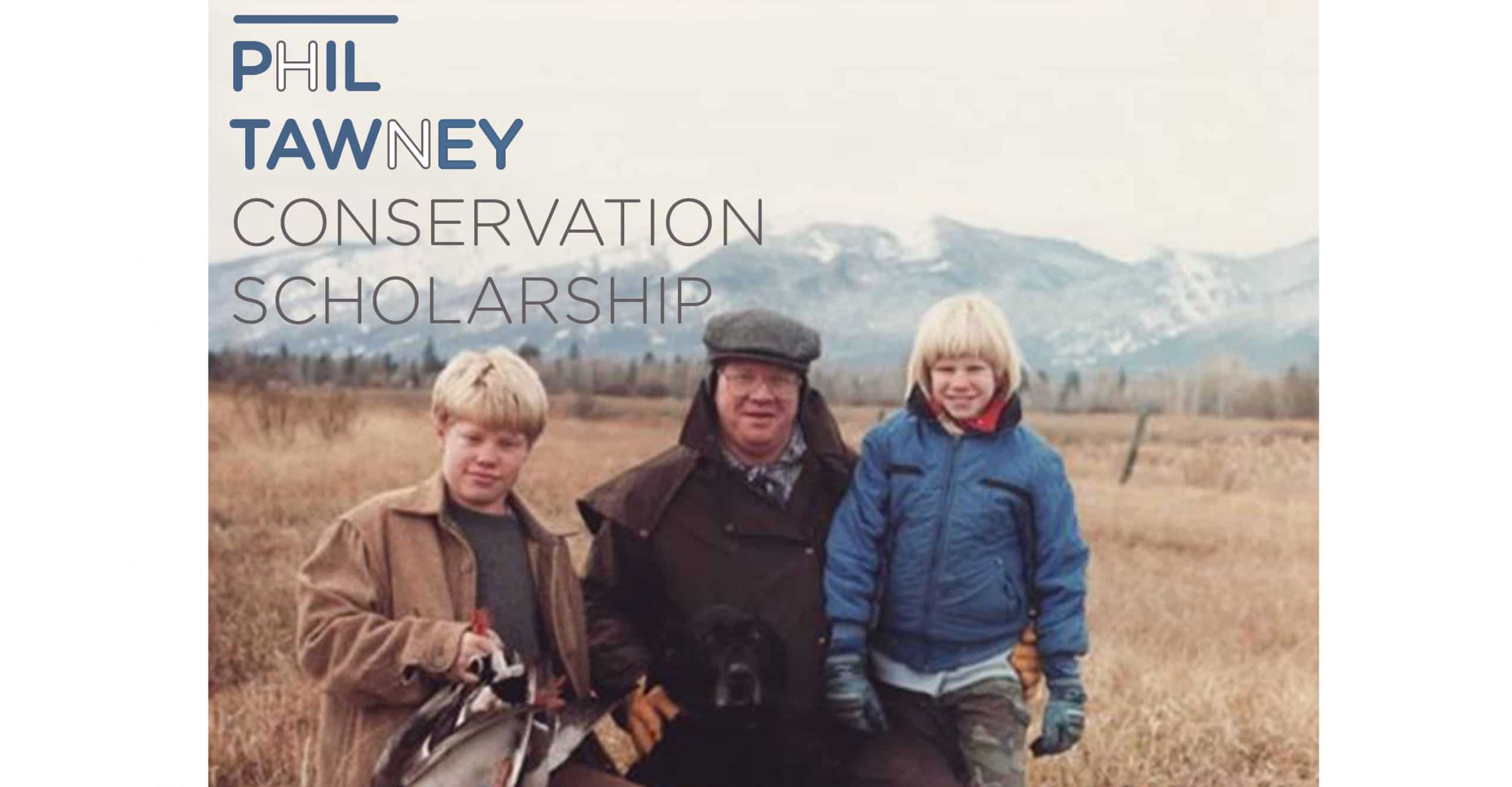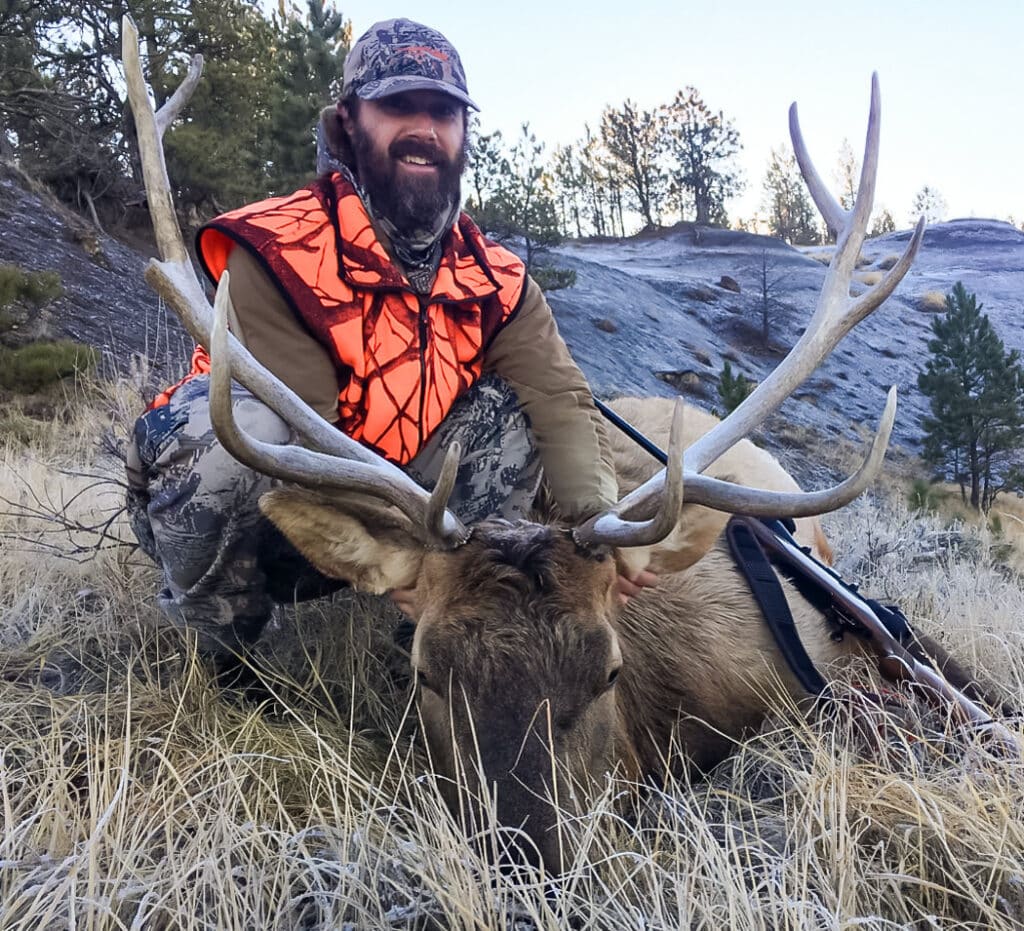Montana Fish, Wildlife and Parks (FWP) has proposed the purchase of about 9500 acres of Montana Department of Natural Resources Conservation (DNRC) inholdings in the Sun River, Beartooth, and Blackleaf Wildlife Management Areas (WMAs). The acquisition would be funded by the Habitat Montana program.
While this sounds like just a bureaucratic exchange of land between two government agencies, it will protect wildlife habitat, improve public access and enhances management efficiency. The project represents yet another example of how Habitat Montana is good for wildlife, good for hunters, and good for all Montanans.
DNRC Trust lands are an important part of many wildlife management areas, and they comprise 17 percent, 17 percent, and 6 percent of the Sun River, Beartooth, and Blackleaf WMAs respectively.
However, DNRC inholdings can challenge long-term management. DNRC is required to maximize revenue from their lands, which means FWP is required to pay lease fees for their use – and DNRC is always under pressure to increase fees in the future. There is also the risk that other bidders could come in with uses of inholding lands that might be inconsistent with habitat values and public hunting opportunities.
These three WMAs are tremendously important for wildlife and Montana’s outdoor heritage. The Sun River Game Preserve was created through bipartisan action of the Montana Legislature in 1913. The Sun River WMA, purchased in 1947, was one of the first WMAs in Montana. The Rocky Mountain Heritage Act, adopted through bipartisan action of Congress in December 2014 culminated years of effort by local landowners and hunters to secure the spectacular Rocky Mountain Front for future generations. The Blackleaf WMA to the north provides important habitat for elk, mule deer and grizzly bears coming off the Front. Continuing to the south, the Beartooth WMA provides core security habitat for a unique collaboration of agencies, hunters and landowners known as the Devils Kitchen Group to manage area wildlife. These WMAs provide key year long and seasonal habitat for a variety of wildlife species. They also provide seasonal grazing habitat to wildlife such as elk and mule deer to relieve depredation on adjacent private lands.
This acquisition is a real investment in protecting habitat and ensuring public hunting opportunity on these iconic wildlife management areas. Montanans are truly lucky to have the Habitat Montana program to preserve our wildlife and hunting heritage for future generations.
Share your support, click here to comment on this project.
MWF Letter of Support for Sun River Beartooth and Blackleaf March 2016




